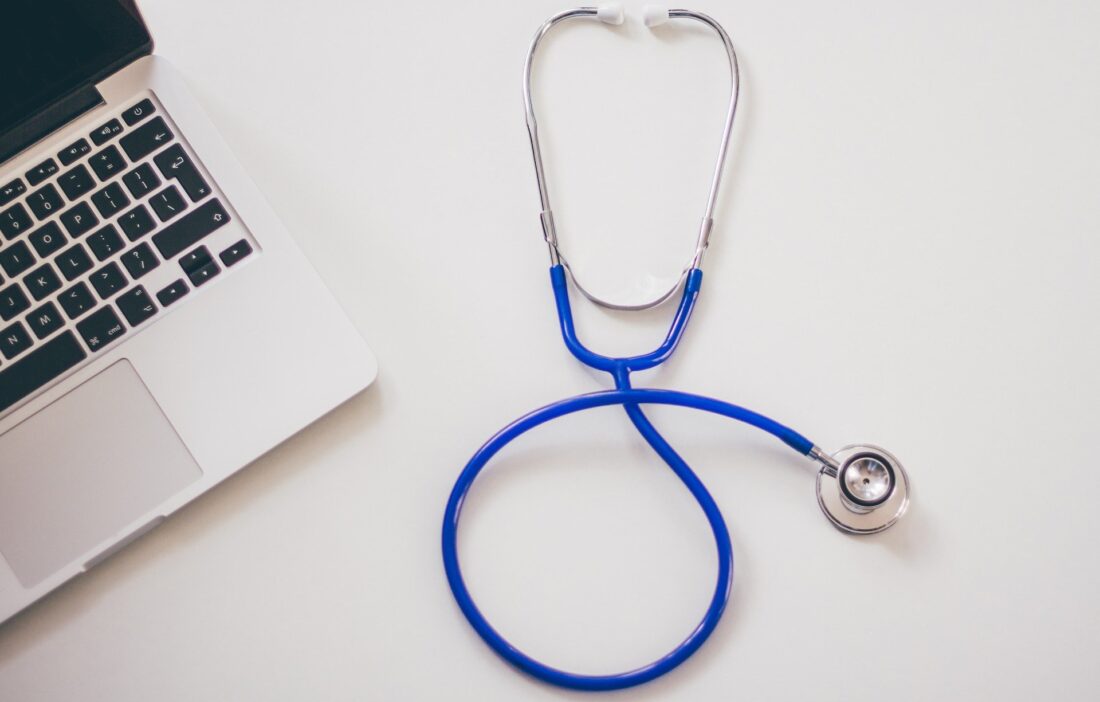THE ROLE OF TECHNOLOGY IN HEALTH EDUCATION
 In the 21st century, we are witnessing a technological revolution that is changing how things work. Businesses are relying on automation, while education systems are welcoming digital media. Students are learning through more fun ways, especially in health education. With the changing healthcare environment, medical education is also evolving.
In the 21st century, we are witnessing a technological revolution that is changing how things work. Businesses are relying on automation, while education systems are welcoming digital media. Students are learning through more fun ways, especially in health education. With the changing healthcare environment, medical education is also evolving.
People are raising ethical issues in learning interactions and procedures on live patients. Thus, the method of ‘see and learn’ is no longer applicable to students. Surprisingly, the field of health education is leveraging technology to change the dynamics of learning. Alongside facilitating students with the knowledge, technology is also enhancing endless variation.
It is addressing the current challenges by providing an infrastructure that is flexible and compelling for students. If you are clueless about it, here we are unfolding the role of technology in health education
Table of Contents
1. ONLINE LEARNING
The idea of online learning has become more popular than ever. It is introducing flipped classrooms where students can review the recorded lecture before the class. It enables them to have an interactive session with the teacher and their classmates. Students spend this time exploring complex issues, solving problems, and discussing case studies to enjoy a personalized learning experience.
Moreover, online learning gives access to resources 24/7 through digital libraries. You can download books, notes, researches, or anything related to the course material. Besides, it is an incredible option for people who can’t continue education due to personal or professional commitments. Many institutes like Bradley University have come forward with online health education programs to encourage people to pursue higher education.
2. WEARABLE TECHNOLOGIES
Technology is surprising health education with a new layer of innovations. It is bringing wearable technologies like Google Glass to make learning more realistic and useful. It helps to project radiologic images – MRI, CTs, and much more. These devices are likely to become an essential clinical tool in the healthcare sector. After all, it offers advanced care and consultation – an ideal tool for the paramedic to cater to emergencies effectively.
Educationists are integrating such tools into the curriculum. They believe it will benefit students as glass has a unique ability to display information like a smartphone in a hands-free format. It also enables communication over the internet by sending voice commands. Thus, students need the training to access this tool as it records and broadcasts patient data because the future is all about tech-savvy resources.
3. DIGITAL ASSISTANTS
Technology is breaking all barriers by enabling learning outside the classroom. It offers personal digital assistance to students for resolving their medical-related queries. After all, a teacher can’t cater to every student 24/7. Likewise, the availability of medical apps on smartphones allows students to learn more about patient management and treatment decisions.
You will come across apps promoting medical problem solving, explaining the diagnostic procedures, and offering help with course material. Therefore, give a shot to Prognosis and test your diagnosing capabilities as it exposes you to 600+ specialist scenarios. If you are lagging with drug knowledge, download Micromedex and access all information on 4500+ medicines.
4. SIMULATION & 3D PRINTING
Do you know what simulation is? It is a process of creating an artificial environment similar to a real one. In health education, teachers use simulation to imitate actual patients, clinical tasks, and real-life circumstances where medical services offered. Thus, it gives students a chance to apply their knowledge practically, and instructors provide instant feedback on their performance.
It enriches students with in-depth knowledge of complex human body parts as it replicates the whole-body appearance. Similarly, 3D printing creates physical objects from digital designs, making them look like real ones. Instead of working with artificial objects, students can see the shape of the human liver. Likewise, rather than experimenting on humans or animals, you can utilize the 3D structures for cosmetic and drug testing.
Alongside making learning realistic, students develop interest and stay motivated since they see themselves getting ready for the real world. Scientists are also using living cells to create objects for transplants. In a few places, livers and heart transplants performed using 3D-technology.
5. DIGITAL GAMES
Are you wondering what games have to do with health education? Believe it or not, but the applications of digital games for training medical professionals are hitting the world by a storm. It provides learners with challenging yet stimulating environments – a perfect tool for training future surgeons. The use of competent games, especially for surgical training, improves motor skills and reflex times.
For instance, – Elder Quest offers an outline where a powerful wizard is in poor health, and each player has to nurse it back to health. Experts claim that this method provides medical students with a fun and structured learning experience. It helps them understand the needs of the elderly population, making them aware of how healthcare is different for every individual. However, the entire curriculum doesn’t revolve around games; it only one aspect of learning unfolded by technology.
FINAL THOUGHTS,
The role of technology in health education is supporting learning rather than replacing face-to-face learning. Educators focus on the principles of teaching and how institutes can bring tech-savvy resources on board for students. Technology transforms learning into a more collaborative, personalized, and empowering experience, generating competent medical experts.









